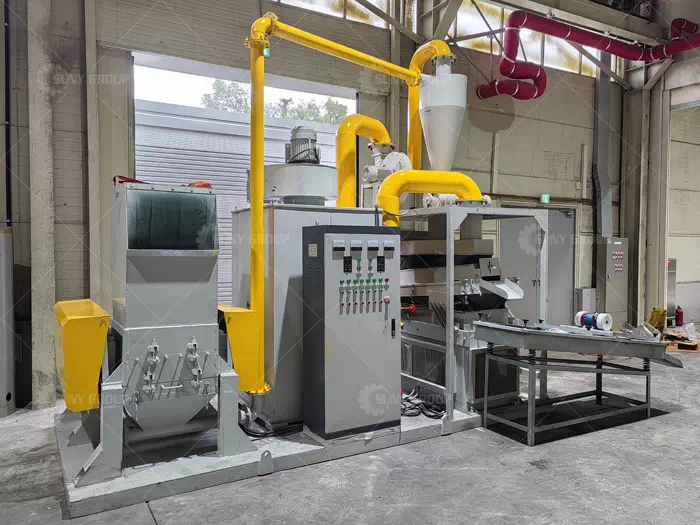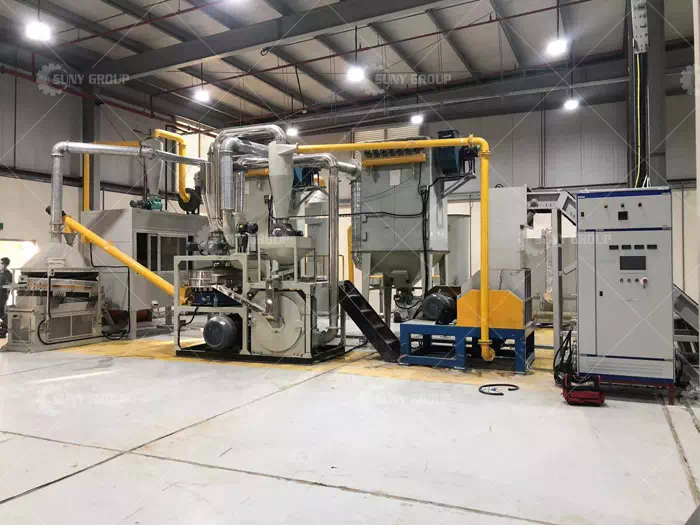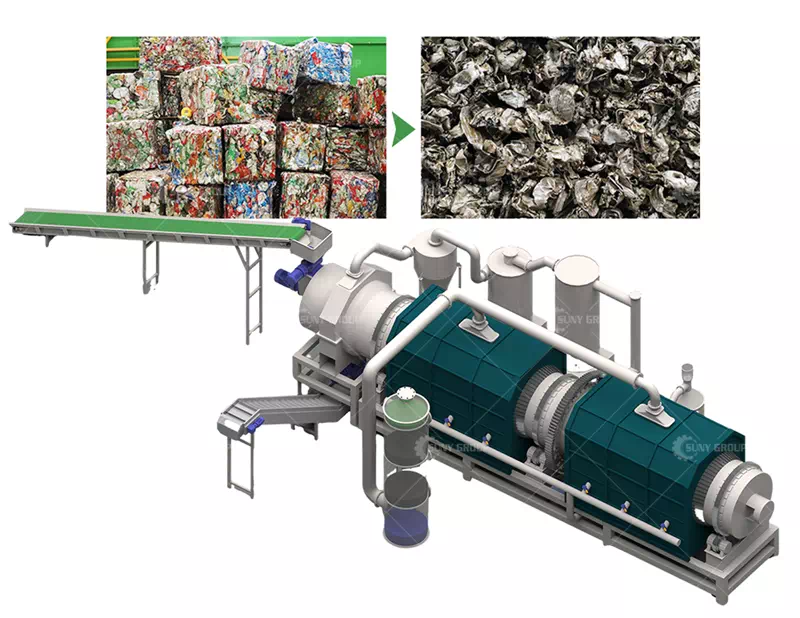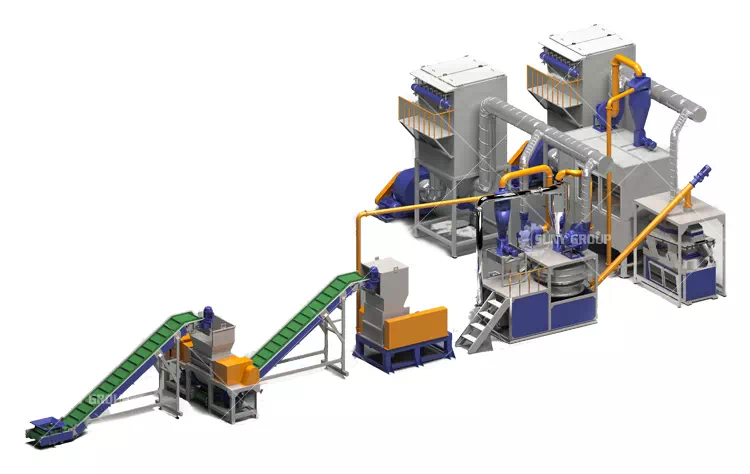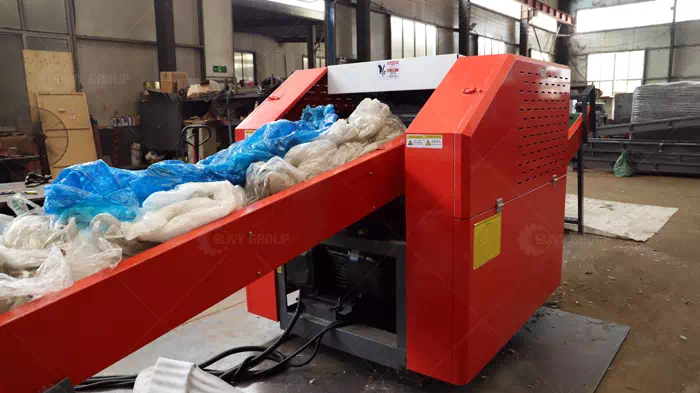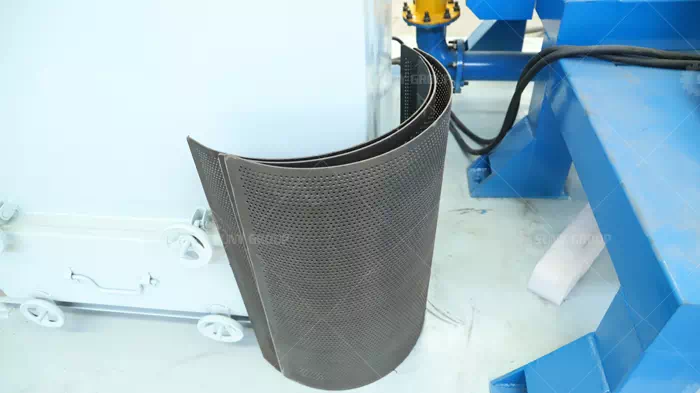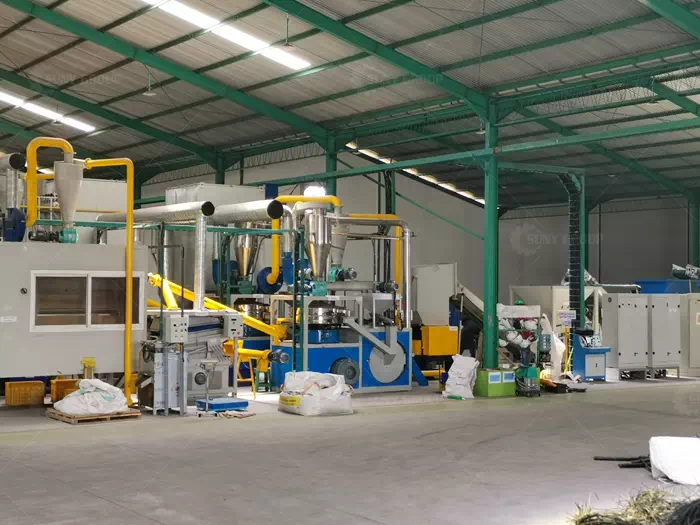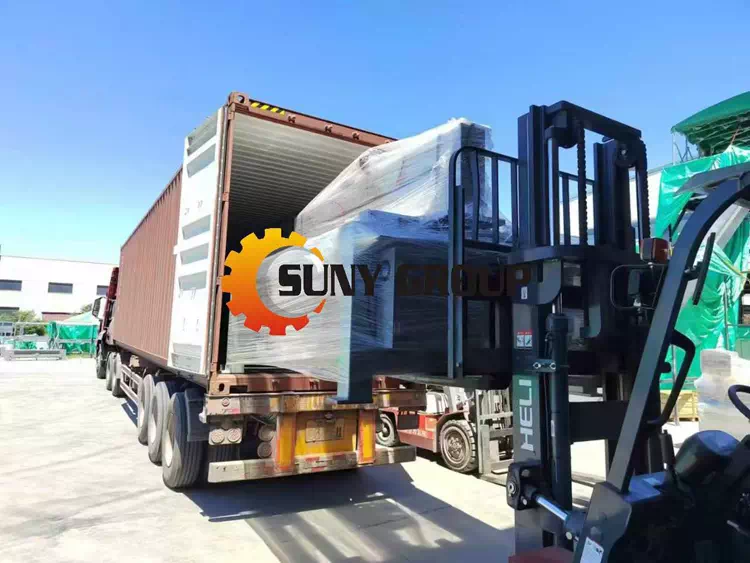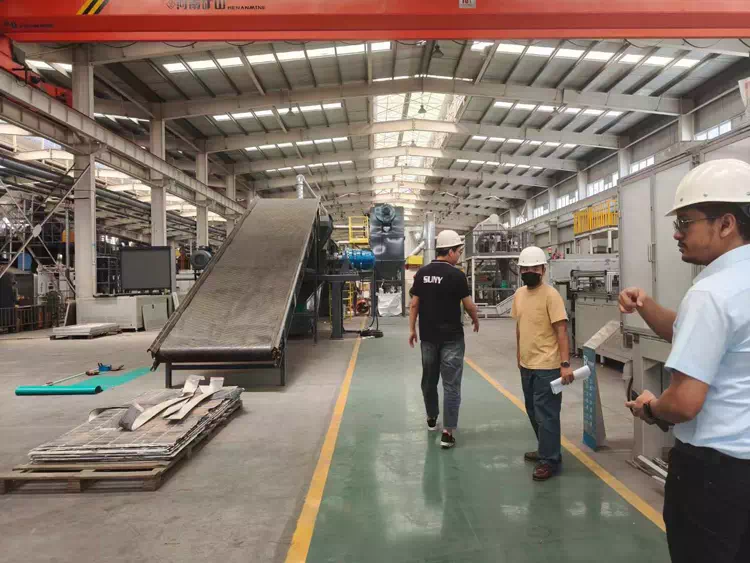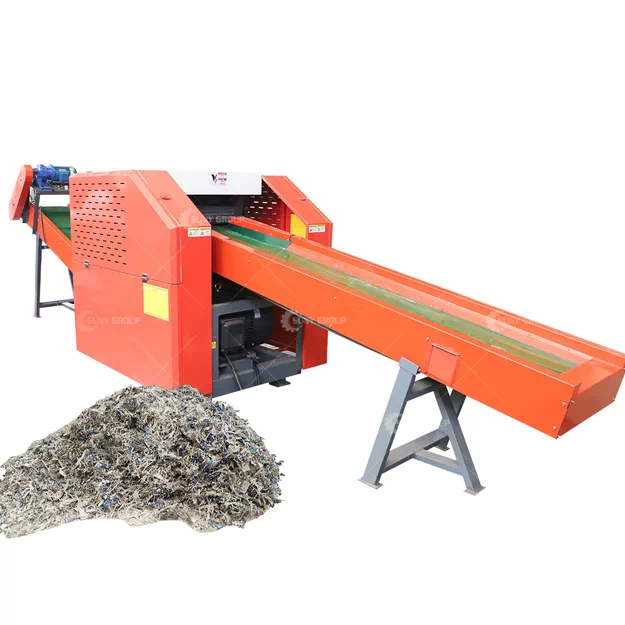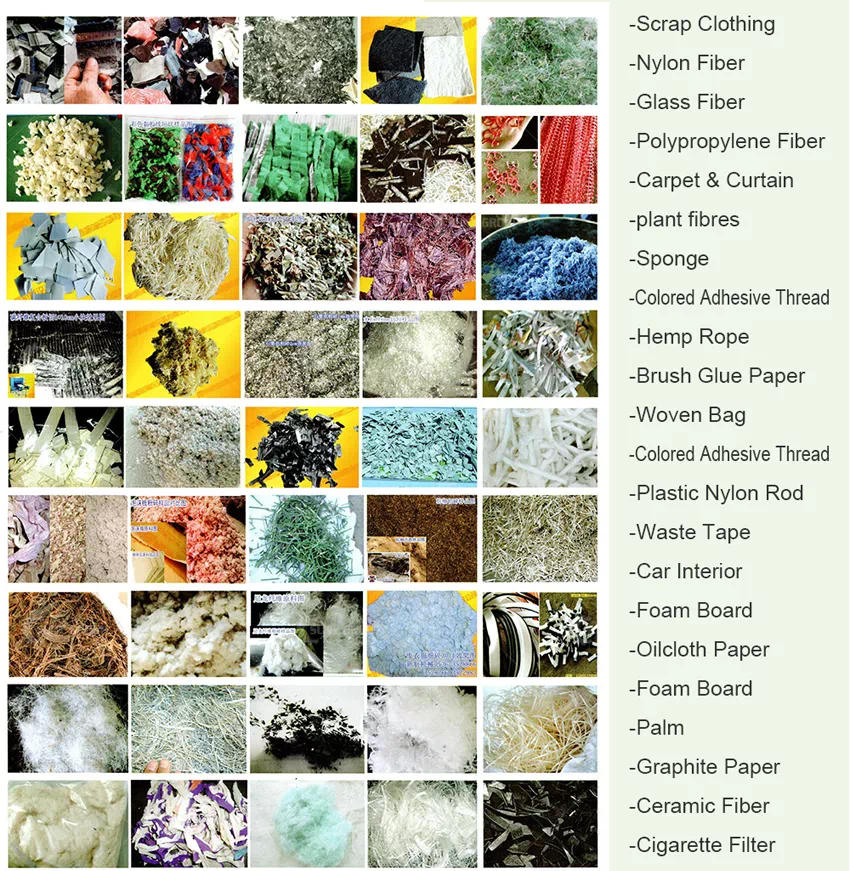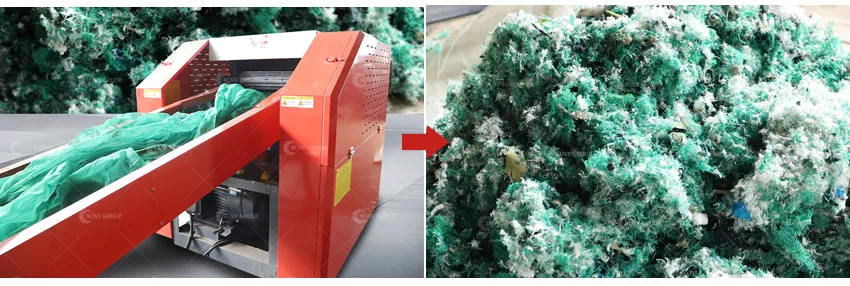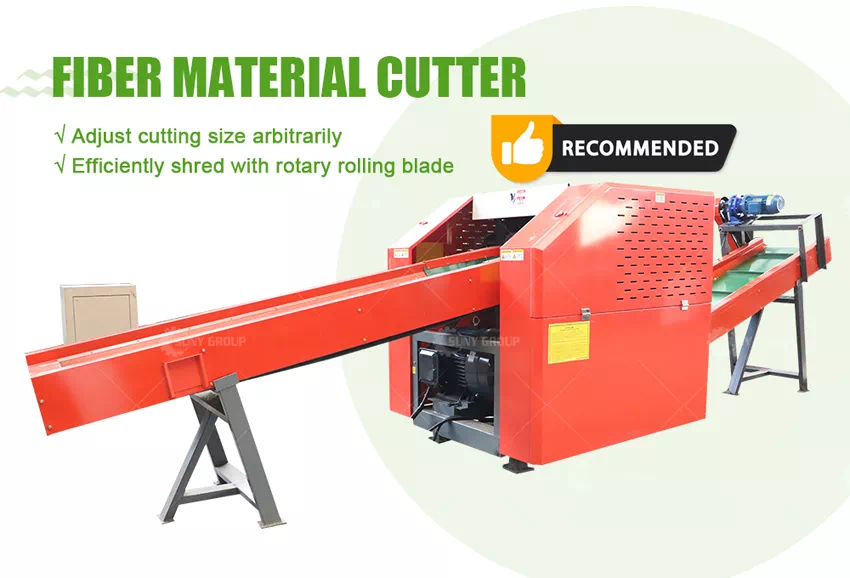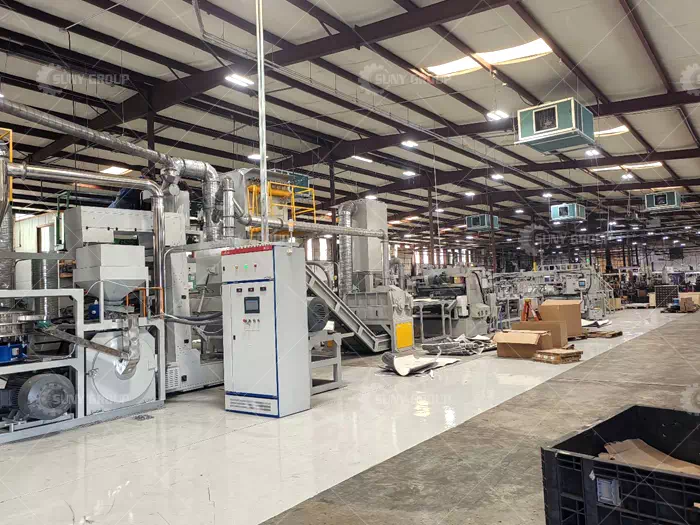Solar recycling equipment plays a critical role in the sustainable management of solar panel waste. The cost of these devices varies based on several key factors, including capacity, technology, brand reputation, features, and additional services offered.
Factors Affecting Price
Capacity and technology: Large capacity and more advanced technology typically drive up the cost of solar recycling equipment. Higher-capacity machines designed to process a large number of solar panels at once tend to be more expensive. Brands and Reputation: Well-known brands with good reputations in the industry usually price their recycling equipment higher. The reliability and performance associated with reputable brands may affect pricing. Features and performance: Equipment with advanced features, such as automation, precision sorting mechanisms, and energy-efficient processes, may result in higher costs due to additional features and benefits. Cost Range.
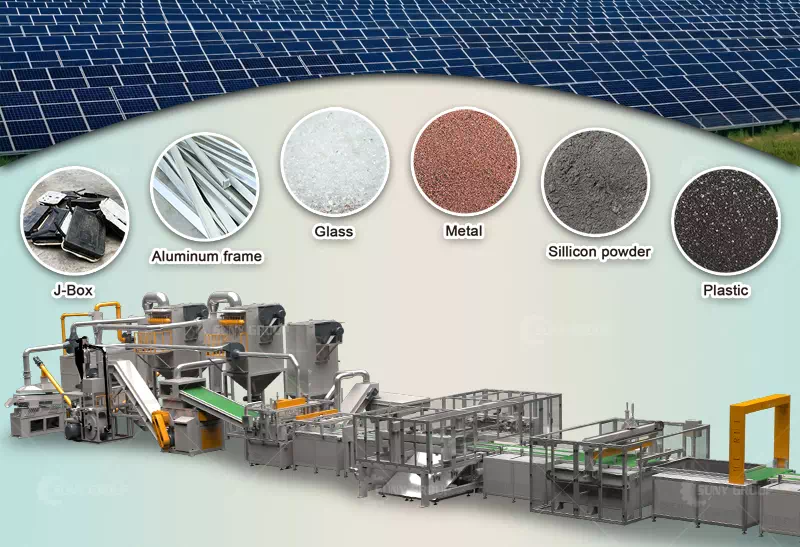
Solar PV Panel Recycling Machine
The cost of solar recycling equipment starts in the thousands of dollars for smaller, basic models and can run into the tens or even hundreds of thousands of dollars for larger, more complex systems. The range of prices highlights the diversity of equipment available and the customization options they offer.
The Importance of Considering Cost
For businesses and organizations venturing into the solar industry, it’s critical to carefully consider the cost of solar recycling equipment. While the initial investment may be significant, weighing it against the long-term benefits is critical, including waste reduction, compliance with environmental regulations, and the potential for cost savings through efficient recycling processes.
For up-to-date and accurate pricing information, it is recommended to consult directly with the manufacturer or supplier of the solar recycling equipment. They can provide a detailed quote tailored to specific needs, describe available features and technologies, and help determine the most cost-effective sustainable solar panel waste management solution that meets environmental goals and operational needs.
Understanding the cost of solar recycling equipment is critical to making informed decisions about sustainable waste management in the solar industry. By considering factors such as capacity, technology, brand reputation, and features, companies can choose the recycling equipment that best fits their environmental goals and operational needs.




